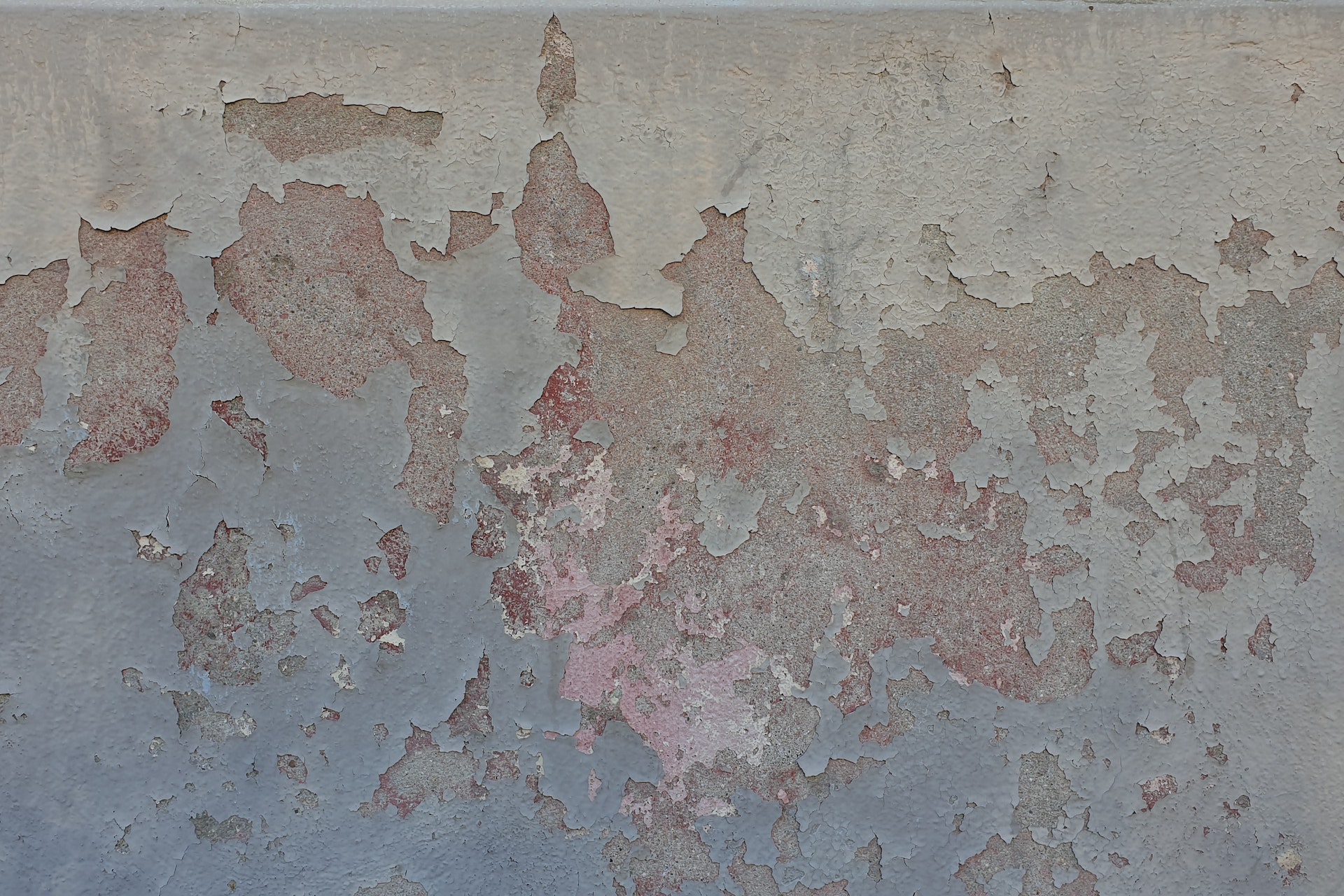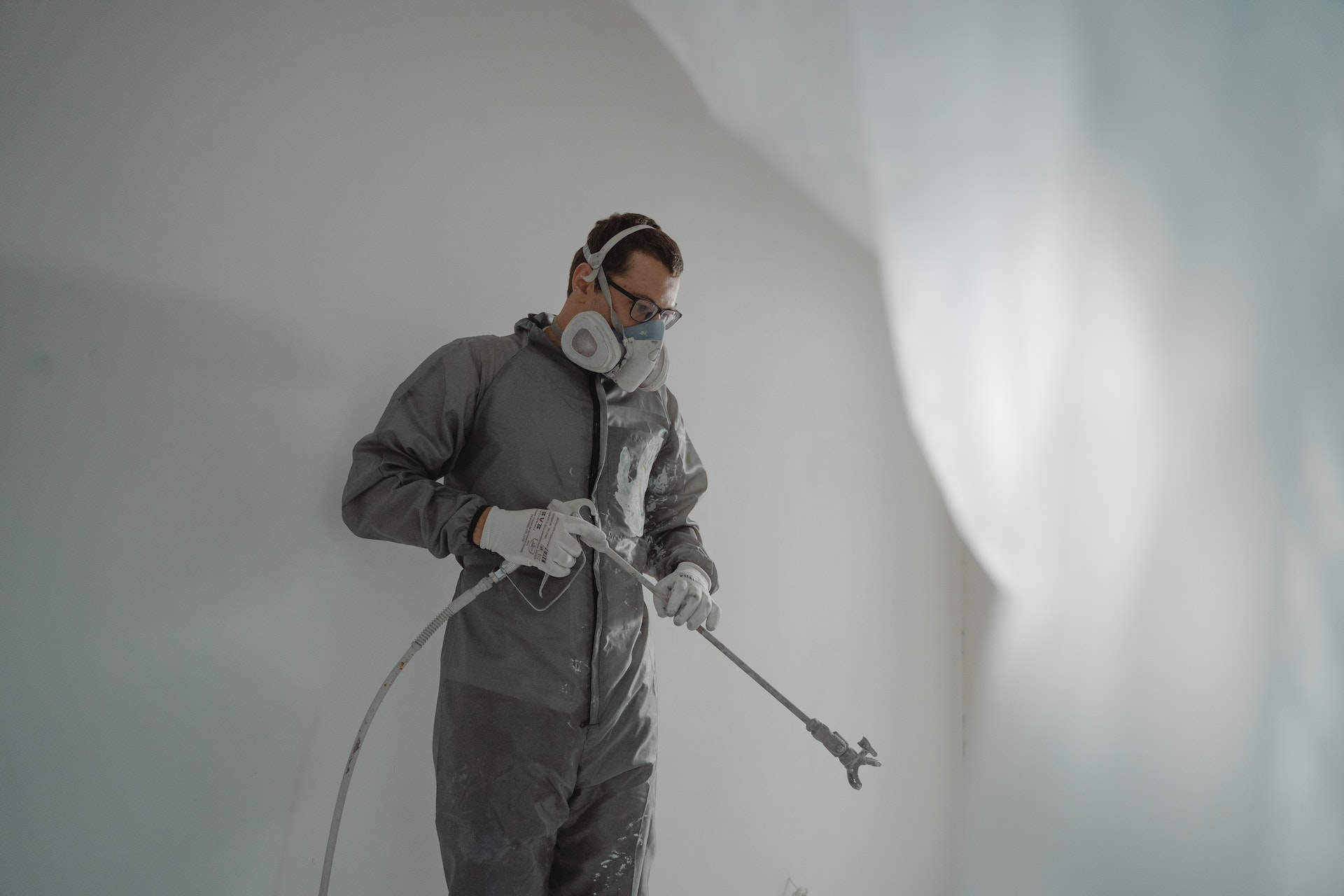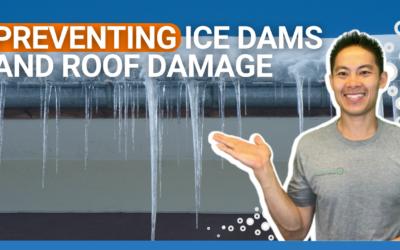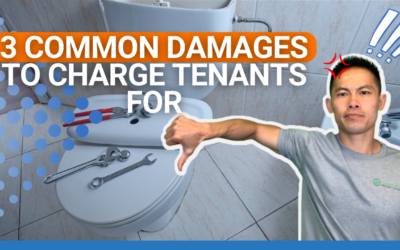Lead is a very toxic element in paint. So, landlords must delead their property to prevent health risks, especially for children under six.
As a full-risk deleader, I explain why and how you should have your property deleaded.
Lead Paint and Deleading
Lead is a metallic substance that makes paints produced before 1978 to be brighter and more durable. Later on, it was discovered that debris or dust from lead paint has harmful effects if it were ingested or inhaled.
It affects any person no matter how old they are, but children under the age of six can have more complications from lead paint because they are still developing. So lead was removed from all paints after 1978, with laws regulating it.
But just because lead was removed from paint production doesn’t mean it was no longer an issue. There are still houses with paint containing lead, so this is where professional deleaders come in.
How to Delead your Property
First, know if your house was built before 1978. If it isn’t, you really don’t have to worry about it because paints produced after 1978 are all lead-free.
In Massachusetts, they require the landlord or property manager to conduct a deleading if a family has a child under the age of six.
It’s not enough to say you do not know if your home or property was built before 1978. In Massachusetts, there is a database where you can type in your address and see if there are any reports of any certifications saying your property has been deleaded.
You can even look at the report details and see if they found any hazards. If there’s nothing, that means that the property hasn’t been tested yet.
It is actually good practice to have the test done in advance so that you know what you’re dealing with and have it deleaded. Should you want to sell your property, deleading it increases the property’s value.
The rentability of your unit will also improve because you’re now opening up your property to children, and you can advertise it as such.
How Lead Testing Is Done
Hiring a lead inspector starts at about three hundred dollars per unit. If you have multiple units to inspect, you might get a discount.
If the units are larger, the inspector will go room by room by room, both on the interior and exterior. They use something called the XRF laser gun and press it against certain malleable aspects of your property, such as your windows.
You will get the report back and know if you must delead your property.
What to Do After Lead Testing
1. Send the report to a deleader
When you send the inspector’s report to a deleader, they should come to your property and give you an estimate based on the work they need to do.
There are different types of deleaders. You can hire a moderate-risk deleader or a full-risk deleader, also called “class 1” in Massachusetts.
Full-risk deleaders have higher education and higher license. They have to pass exams and have the right insurance to cover themselves, as it can be expensive to pass these tests.
I am a class 1 deleader, and I became one because I had so many clients who needed to delead their property. I also purchase properties, so I get to ensure that the property is safe for anybody, especially those with children under six.
Being a full-risk deleader gives me the real knowledge and ability to walk someone through this process and explain if they should delead their property.
I can also offer them better-discounted rates over other deleaders, especially because there is only a small circle of deleaders in Massachusetts.
2. Set the deleading timeline
Your deleader will explain to you the deleading timeline. If a family or tenant currently resides in the property, you must house them elsewhere.
So you will have to pay for their temporary housing, whether an Airbnb or hotel, while the deleading is ongoing.
The timeline depends on how much work needs to be done. Your deleaders must make preparations to ensure that even the neighbors are safe, such as putting up signs.
The process is usually concluded with a very thorough cleaning. Then, the lead inspector will return and do another test which you have to pay for again.
3. Test the property for lead safety
Lead inspectors will do a wipe test. This ensures that there is no dust, particles, or anything that can cause issues. If someone was scraping, dust could go anywhere. Inspectors want to ensure that residents are safe to move back in.
Usually, they send the wipe test to our lab. They can pay for rush results. Generally, it takes about three to four days to get the test results back.
The results will determine if you pass or not. If you don’t, you must work with your deleader again to correct any other issues.
If you pass, you will have your certification and your property will be updated in the database.
The Landlord Tutor Promise
To know more about deleading, how to delead your property, and other ways to ensure your property is safe for tenants of all ages, join the Landlord Tutor community and sign up here.






